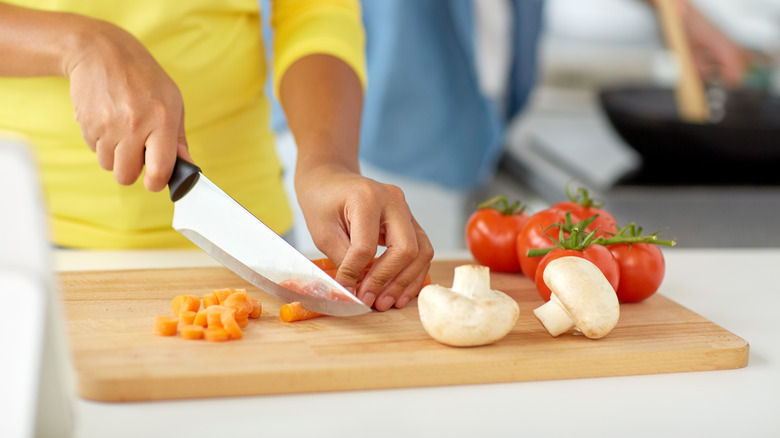How to Polish Knife Blade: Essential Tips for Barbecue Enthusiasts
Written By James Morgan
The gleam of a well-polished knife blade can transform your barbecue experience. Your knife is one of the most crucial tools in your grilling arsenal, and keeping it in top condition is essential for optimal performance. A polished blade not only looks impressive but also enhances cutting efficiency, ensuring that your prep work is smoother and more enjoyable. In this guide, we will delve into the step-by-step process of polishing a knife blade, offer tips on maintenance, and answer some frequently asked questions to help you achieve a flawless finish.
Why Polishing Your Knife Blade Matters
For barbecue enthusiasts, maintaining your knife is crucial. A sharp and polished blade leads to cleaner cuts of meat and vegetables, improving the quality of your dishes.Polishing your knife blade also extends its longevity, ensuring you get the most out of your investment. Here are some reasons why it's crucial:

Improved Cutting Performance
A well-polished knife blade slides through meat, vegetables, and other ingredients with ease. This improved performance can make a significant difference, especially during large grilling sessions.

Enhanced Aesthetic Appeal
A shiny and polished knife not only performs well but also looks impressive. For those who take pride in their barbecue tools, this is an added bonus.

Prevention of Rust and Corrosion
Polishing your knife blade helps remove any small rust spots and provides a protective layer against future corrodive elements. This is invaluable for maintaining the longevity of your knife.
Now, let's get down to the nitty-gritty of how to polish a knife blade effectively.
Materials You Will Need
Before starting the polishing process, gather the following materials:
These materials are essential for a successful polishing session. You can find them at hardware stores or online.
Step-by-Step Guide to Polishing Your Knife Blade

Step 1: Clean the Blade
Begin by thoroughly cleaning the knife blade. Use mild detergent and warm water to remove any dirt or debris. Dry it completely before proceeding to the next step.
Step 2: Sand the Blade
Using fine-grit sandpaper, gently sand the blade in a consistent, unidirectional motion. This will help in removing any rust spots or imperfections. Always wear protective gloves to prevent injury.
Step 3: Apply Polishing Compound
Apply a small amount of polishing compound to your soft cloth or wheel. Rub it onto the blade using circular motions. Continue this process until you achieve a smooth and shiny surface.
Step 4: Buffing
Use a clean cloth to buff the blade. This will enhance its shine and remove any residual polishing compound. Buffing is crucial for achieving that impressive gleam.
Step 5: Stropping
Finally, use a leather strop to hone the blade's edge. Stropping re-aligns the blade's edge, making it razor-sharp.
Maintaining Your Knife Blade
Once you have polished your knife blade, maintenance is key to keeping it in top condition.
Regular Cleaning
Always clean your knife after use. This prevents food particles and moisture from causing rust and corrosion.
Proper Storage
Store your knife in a dry place. Using a knife block or magnetic strip ensures your blade is protected from damage.
Frequent Honing
Regular honing keeps your knife blade sharp. Use a honing rod or strop to maintain its edge.
For more tips on knife maintenance, check out this comprehensive guide.
Internal Links
Frequently Asked Questions
How often should I polish my knife blade?
The frequency of polishing depends on how often you use your knife. For barbecue enthusiasts, polishing the blade every few months should suffice.
Can I use household items to polish my knife blade?
While specialty products are recommended for the best results, some household items like baking soda and a soft cloth can be used for light polishing.
What should I do if my knife has deep scratches?
If your knife blade has deep scratches, you may need professional sharpening and polishing services to restore its condition.
Polishing your knife blade not only improves its performance but also enhances your overall grilling experience. With the right techniques and materials, you can keep your knife in excellent condition for years to come.
As an Amazon Associate, I earn from qualifying purchases.



